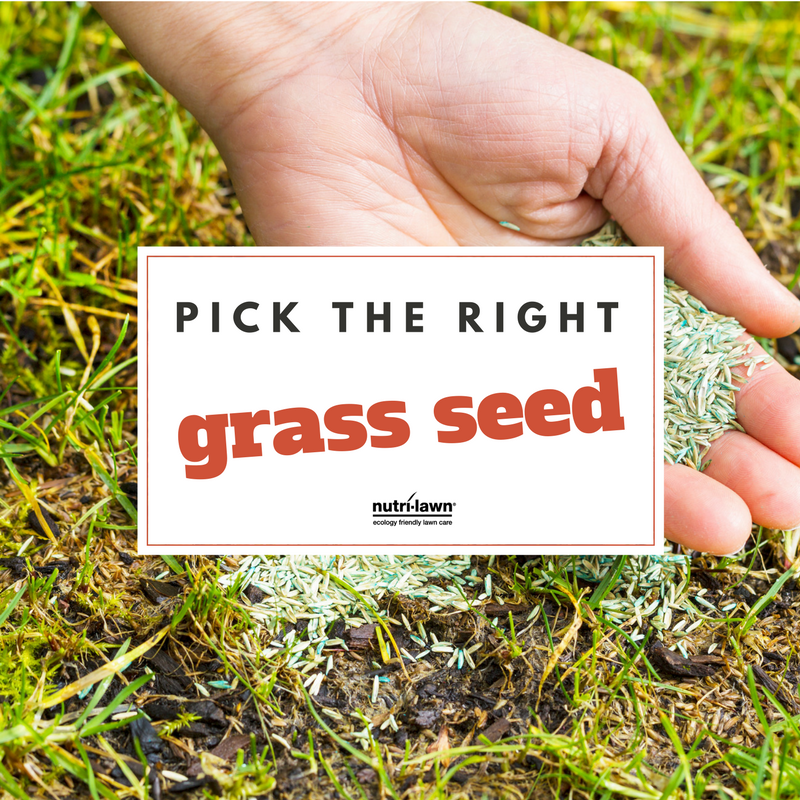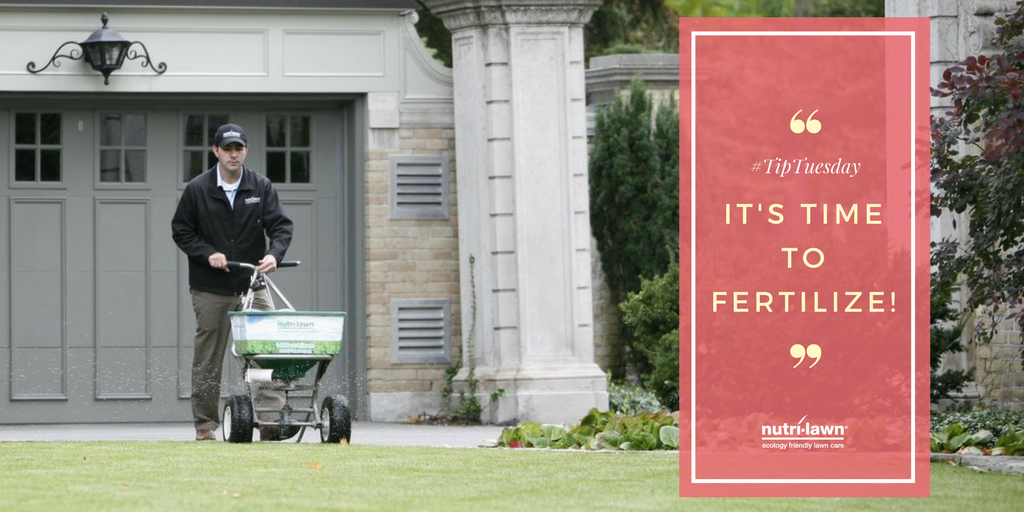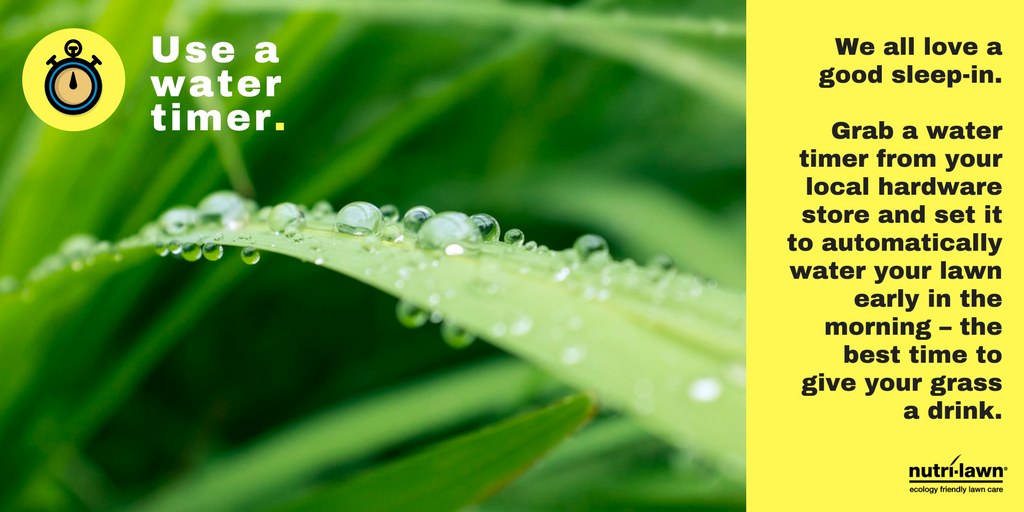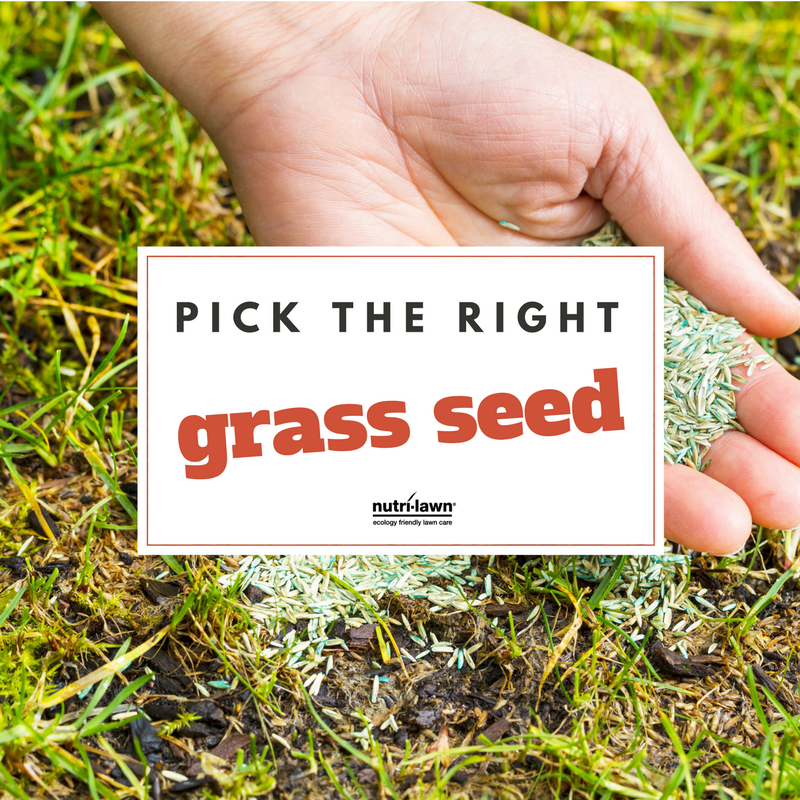
If April showers bring May flowers, then spring seeding helps to keep lawns succeeding. Some Nutri-Lawn poetry to brighten up your Thursday right there!
Spring is highly regarded as one of the best times to plant grass seed. Even the best maintained lawns usually have at least one area of concern that can use seeding in some way or another after winter.
Taking advantage of the optimal spring growing conditions make establishing seed for the average do-it-yourselfer much easier. By following a few easy steps and remembering a handful of helpful guidelines, new grass will be growing in no time. #SpringGoals.
Here are 5 important tips for seeding a lawn
Seed-to-Soil Contact is Integral
In order to get good results with any lawn seeding project, the seed must be in contact with soil. If seed is simply sprinkled on the surface of a lawn with an excessive thatch layer, the seed may germinate, but the tiny roots of the newly germinated seed will never make it to the soil, and will die during the first hot dry period. Seed must have good seed to soil contact.
Starter Fertilizers Enhance Seed Establishment

Starter fertilizers help the newly germinated seeds get an abundant supply of phosphorous, even though they initially have a small root system. The nitrogen component is usually small in order to encourage root development as opposed to leave growth.
Our Organics Plus Topdressing has an abundant supply of natural phosphate that is slowly available to the newly germinated grass plants.
Use the Best Grass Seed Available
- Avoid saving money on grass seed.
- Buy the best seed for the environmental conditions found in the landscape.
- Use a seed mixture, as opposed to one cultivar.
- A variety of grass seed species and cultivars results in good biodiversity within the lawn.
- Good biodiversity results in a lawn better able to tolerate environmental stresses.
- Use certified seed selected to address specific disease or insect resistance, as well as environmental factors like shade or drought.
Correct Soil Compaction and Soil pH
If the soil is compacted, or suffering from an acidic pH, make sure these issues are corrected. Soil core aeration and liming must be done in order to ensure good seed establishment.
Maintain Good Topsoil Moisture By Watering

Water daily until the new grass plants is established. It generally takes about a month for new seed to germinate and get established.
A newly seeded lawn needs to be watered daily in order to ensure good establishment. The newly germinated seeds have tiny, shallow roots and will die quickly if the water supply runs out. Light irrigation (1 cm of water) daily is all that is required. Avoid heavy irrigation as this can result in pooling of the water, erosion, and leaching of valuable nutrients below the root zone.
For more spring lawn care tips and tricks, follow us on Facebook.








